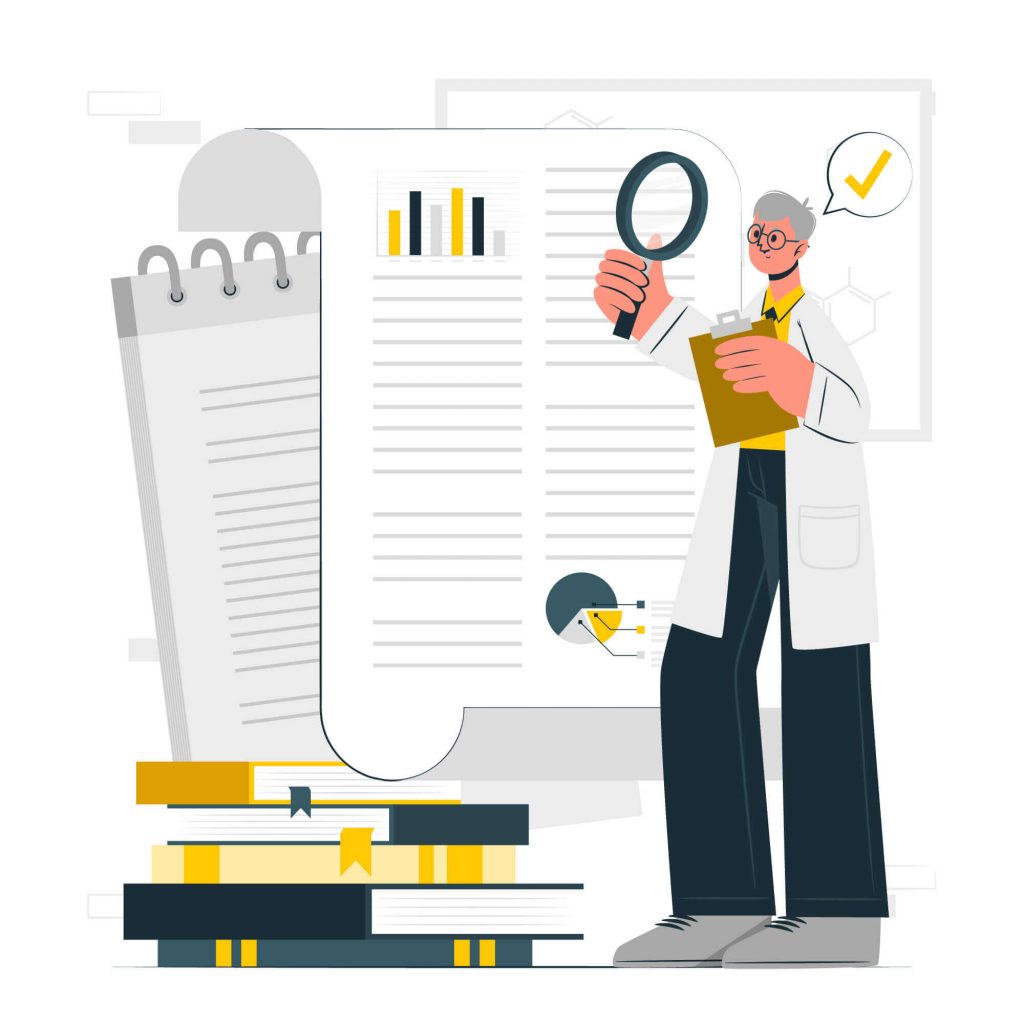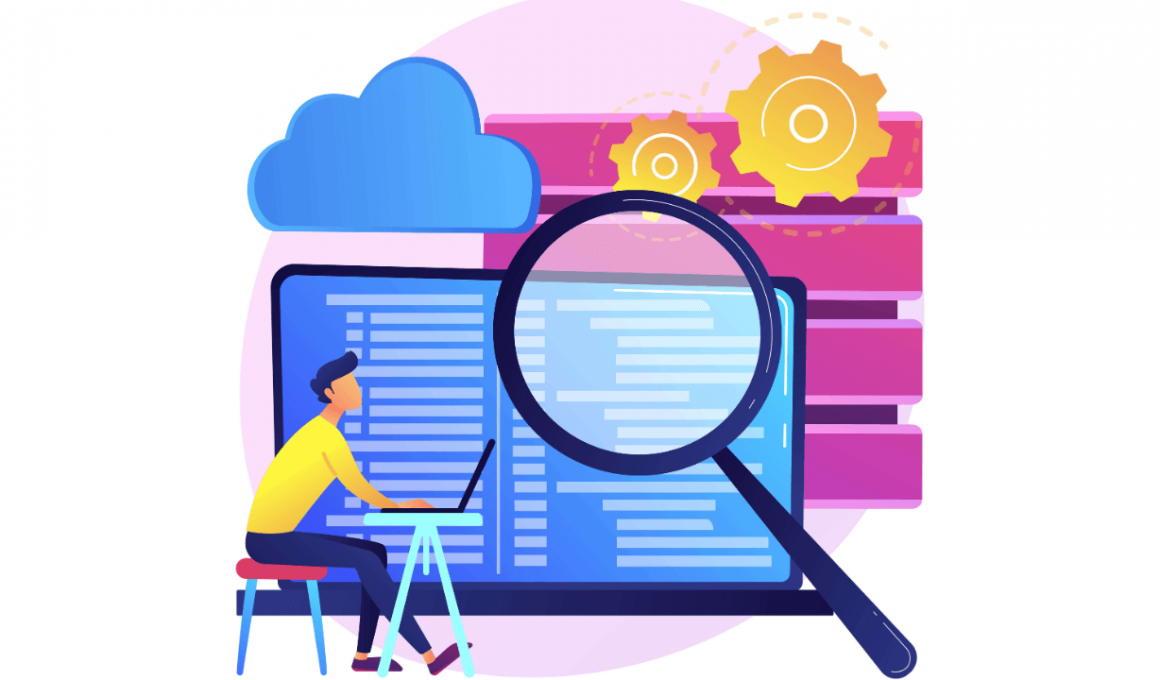Agile models make extensive use of exploratory testing, allowing testers to explore possibilities beyond the limitations of prescribed testing. Consider scripted testing to work much like a subway. It stands on a train route. This path will never be deviated from. Similar to operating a car, exploratory testing works more like driving a vehicle. Your general objective is to travel from point A to point B, yet you’re free to take any path or detour that captures your attention along the way.
What is Exploratory Testing?
Under scripted testing, test cases are designed first, followed by test execution. In contrast, exploratory testing is a process in which test design, as well as test execution, occur simultaneously.
Scripted testing is typically a procedure that’s not high on cognitive effort – in which testers implement test steps and contrast actual results to expected results. This type of test execution can be mechanized and requires just a few cognitive abilities. However, exploratory testing emphasizes on the discovery process. It depends on the tester’s expertise to identify flaws that aren’t readily covered by other types of testing.
According to James Bach, a co-founder of the Context-Driven School of Software Testing, “exploratory testing encourages scientific thinking in real time.”
Checking vs. Exploring

The majority of agile teams use “stories” as placeholders for a specific task or need. Note that a user narrative is an informal, broad description of a software function composed from the end-user or customer’s viewpoint. Using the narrative, the team identifies the standards and criteria for acceptance. Before declaring the narrative “done,” we must verify that the developed functionality meets the product owner’s expectations. This is the central premise behind checking.
If evaluators do not know exactly what the program is supposed to be doing, they cannot verify that it does so. Ahead of implementing and testing the solution, we must understand the product owner’s expectations. Several agile teams have embraced the habit of documenting these expectations in standard formats, such as the Given/When/Then structure.
For example,
- Given the user is not logged in,
- When the user clicks on the Premium icon
- Then the user should be redirected to the Login page.
- When the user logs in,
- Then the user should be redirected to the Subscribe to Premium page.
The process of checking means using scripts and standardized tests to check if the expectations and acceptance criteria are met. Checking also helps press “shift left” in your testing mindset, by encouraging developers to check if stories are done even while the product is being built.
In contrast to checking, exploring works very differently.
No matter how meticulously we execute a given narrative, simply comparing the narrative to the expectations is inadequate; it may not guarantee that we’ve covered everything. There will always be the possibility that we did not anticipate a circumstance or encounter that could lead to undesirable behavior.
Exploration provides a structured method for investigating the system for vulnerabilities and risks. As experienced testers, we employ test design strategies and analytical abilities to conduct one small trial after another, employing the information gleaned from the previous one to inform the next.
During system testing, configurations, authorizations, and information are varied. We perform distinct actions, the same actions in an alternate sequence, and actions at unforeseen intervals.
This is called exploring.
The Benefits of Exploratory Testing
Exploratory testing is appropriate for certain testing scenarios, for instance, when a tester needs to quickly gain knowledge about an app or product and provide immediate feedback. It helps evaluate the product’s quality from the user’s perspective.
In many software development cycles, an initial iteration is necessary when teams have little time to plan out the tests. Exploratory testing is beneficial in this situation.
Exploratory testing ensures that you do not overlook fringe cases that result in critical quality failures when testing mission-critical apps.
In addition, exploratory testing makes testing accessible to all relevant stakeholders, and not only qualified testers. During sessions, one may take screenshots, make voice recordings, and annotate feedback via an exploratory testing tool. This allows for a quicker and more efficient evaluation by individuals other than the conventional software tester.
Exploratory testing complements the extant testing strategy of QA teams. It consists of an array of undocumented testing activities designed to uncover undiscovered problems/bugs. When paired with automated testing along with additional testing methods, it expands test coverage, identifies extreme cases, and possibly adds new features to the software product. It encourages experimenting, innovation, and learning within teams by removing the need for excessive structural rigidity.
In Conclusion: Checking + Exploring

A good testing process will combine both checking and exploring. In the former, we ask “Does the system perform its intended function?” The second asks, “Are there any dangers or weaknesses that we have not yet considered?” In order to have sufficient information to designate a story “finished” and a feature as genuinely completed, we must examine and investigate it. For the release of high-quality software, both phases of testing — checking and exploring — are vital.
Say goodbye to one-size-fits-all testing approaches and by clicking here explore the Context-Driven Testing revolution that Moolya serves and experience firsthand how it empowers agile teams to deliver high-quality software that precisely meets user needs.
3